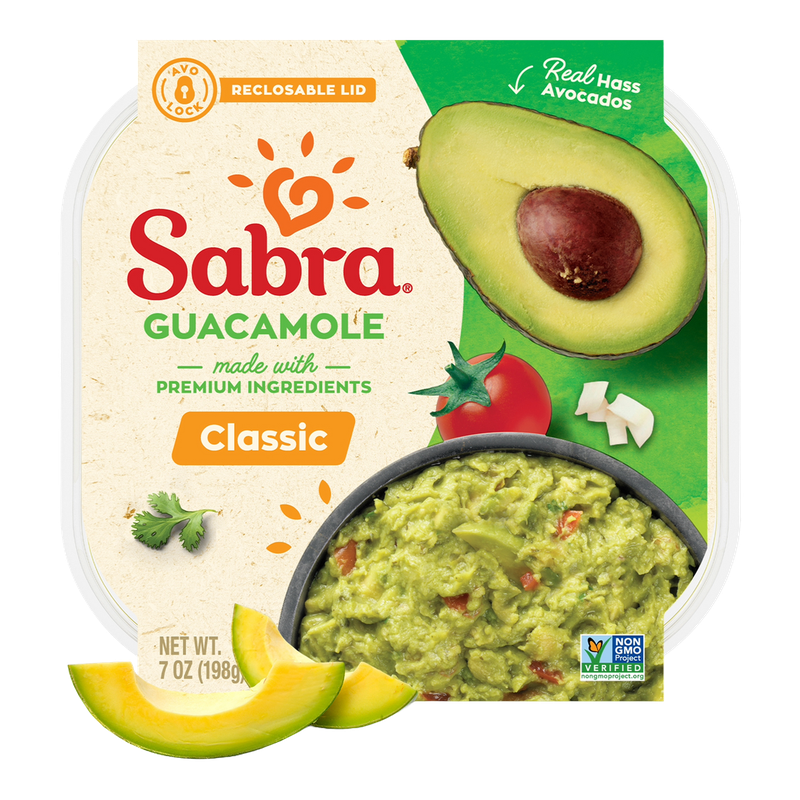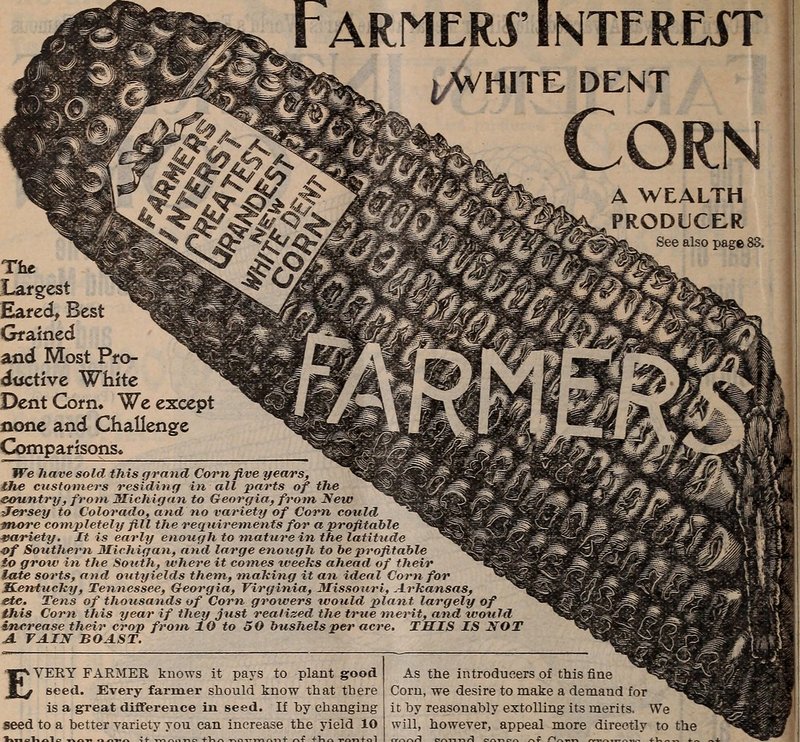Have you noticed your grocery bill changing lately? You’re not alone. As someone who’s analyzed food price trends for over a decade, I’m excited to break down the latest food price projections for 2025 and what they mean for your wallet. Let’s dive into the data without getting lost in the numbers!
Prices – Understanding the 2025 Food Price Outlook
The latest Food Price Outlook for 2025 was just released, incorporating February’s Consumer Price Index (CPI) and Producer Price Index numbers. This forecast gives us crucial insights into how food prices are trending both at grocery stores and restaurants.
Here’s what you need to know:
- Overall food prices are expected to rise by 3.2% in 2025
- Grocery store (food-at-home) prices are projected to increase by 2.7%
- Restaurant (food-away-from-home) prices are forecasted to climb by 3.7%
While these numbers might seem abstract, they directly impact your daily spending. The grocery increase of 2.7% is actually right around the historical 20-year average of 2.6%, which suggests we’re returning to more typical patterns after several volatile years.
Prices – Breaking Down the Current Trends
The most recent data shows that from January to February 2025, overall food prices increased by 0.2%. When we look closer:
- Grocery prices rose by a modest 0.1% month-over-month
- Restaurant prices increased by 0.4% in the same period
Year-over-year, we’re seeing food prices up 2.6% compared to February 2024, with grocery prices rising 1.9% and restaurant meals up 3.7%.
What’s particularly interesting is that economy-wide inflation (measured by the all-items CPI) is running at 2.8% year-over-year, so food price increases are actually slightly lower than the general inflation rate – a small silver lining for consumers!

The Historical Context: Why It Matters
To truly understand where we’re heading, we need to look at where we’ve been. The food price landscape has undergone dramatic shifts in recent years:
The Pre-Pandemic Pattern (2009-2019) – Prices
For nearly a decade before the pandemic, we saw a fascinating divergence: while grocery prices remained relatively stable (even decreasing in 2016 and 2017), restaurant prices consistently rose. This reflected fundamental differences in how these sectors operate, from labor costs to supply chain structures.
The Pandemic Effect (2020-2023) – Prices
The COVID-19 pandemic dramatically altered this pattern:
– 2020: Both grocery and restaurant prices increased by about 3.5%
– 2021: Food inflation accelerated to 3.9% overall
– 2022: Food prices surged by 9.9% – the highest increase since 1979!
– 2023: Price growth slowed to 5.8% as supply chains began to normalize
Recent Stabilization (2024)
Last year brought welcome relief as food price growth slowed to 2.3%, with grocery prices increasing just 1.2% – below their historical average. Restaurant prices, however, continued to outpace historical norms at 4.1%.
What’s Driving 2025 Food Prices?
The 2025 forecast reflects a complex interplay of economic factors:
-
Labor Market Dynamics: While pressure has eased somewhat, labor costs remain a significant factor, especially for restaurants.
-
Energy Costs: Lower energy prices compared to previous years are helping moderate food inflation.
-
Supply Chain Recovery: The severe disruptions we saw in 2021-2022 have largely resolved, though some pressures remain.
-
Consumer Behavior: Changing consumption patterns as consumers adjust to higher prices by trading down or adjusting their buying habits.
-
Interest Rates: The broader economic environment, including interest rate policies, continues to influence overall inflation including food prices.
Grocery Categories: What to Watch
Not all food categories are created equal when it comes to price changes. Here’s what to keep an eye on in your grocery cart:
Eggs & Poultry
After the extreme volatility caused by the highly pathogenic avian influenza (HPAI) outbreak that severely impacted egg and poultry prices in 2022-2023, we’re seeing more stability. However, this remains a category vulnerable to disease outbreaks and should be monitored closely.
Dairy Products
Dairy prices typically fluctuate based on feed costs, labor, and energy prices. The forecast suggests moderate increases in this category for 2025.
Fruits & Vegetables
Fresh produce remains susceptible to weather events and labor availability. Climate change continues to create challenges for consistent production, so expect some volatility here, particularly for seasonal items.
Meats
Beef, pork, and other meat prices are influenced by feed costs, processing capacity, and consumer demand. After significant increases in recent years, this category is expected to see more moderate growth in 2025.

Restaurant Meals: Why They’re Rising Faster
The persistent gap between grocery and restaurant price inflation deserves special attention. At 3.7%, the projected increase for food away from home in 2025 significantly outpaces grocery inflation. Several factors explain this difference:
-
Labor Intensity: Restaurants are more labor-intensive than grocery stores, and wage pressures continue to affect this sector disproportionately.
-
Rent and Overhead: Fixed costs like commercial rent continue to rise in many areas, directly impacting restaurant prices.
-
Experience Factor: Dining out includes service components that grocery shopping doesn’t, and these non-food elements are also subject to inflation.
-
Menu Pricing Strategy: Restaurants often make strategic pricing decisions, such as maintaining certain price points or making less frequent but larger price adjustments.
What This Means for Your Budget
So how should you adapt your food budget for 2025? Here are some practical takeaways:
For Grocery Shopping:
- The moderate 2.7% increase means careful shopping can help mitigate much of the impact
- Strategic meal planning becomes even more valuable
- Watch for category-specific increases and adjust accordingly
- Consider store brands for items experiencing higher inflation
For Dining Out:
- The 3.7% restaurant price increase will be more noticeable
- Lunch specials and early bird discounts become more valuable
- App-based deals and loyalty programs offer increasing value
- Consider the restaurant-to-grocery price gap when making dining decisions
The Bigger Picture: Food in the Economic Landscape
Food inflation doesn’t exist in isolation. It’s interconnected with broader economic trends:
- While overall inflation is projected at 2.8%, food price increases of 3.2% mean food continues to take a slightly larger bite of household budgets
- The narrowing gap between food and overall inflation suggests normalization after years of outsized food price increases
- Food price growth continues to affect lower-income households disproportionately since they spend a larger percentage of their income on food
Understanding these projections helps you not only prepare your budget but also recognize the economic forces affecting your daily life. While we can’t control food prices, being informed lets us make smarter choices at the grocery store and restaurant.
What food categories have you noticed increasing the most in your shopping? Have you changed your buying habits in response? The 2025 outlook suggests moderation compared to recent years, but staying vigilant about your food spending remains as important as ever.


